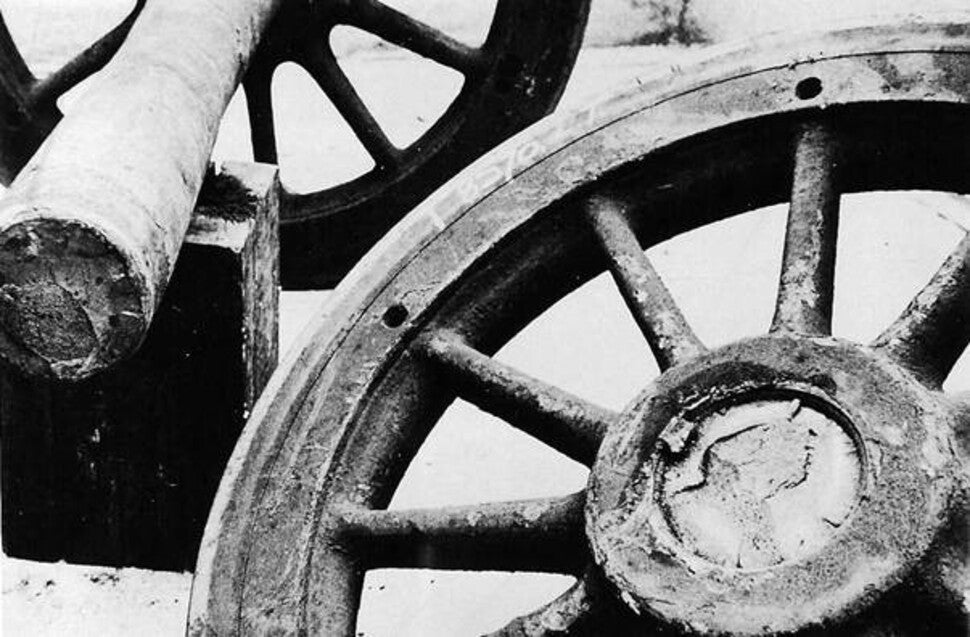
Characterising, analysing and understanding changes in materials throughout their life cycle and up to a possible failure is a major challenge for companies in the industrial sector.
The French Railway Test Agency (AEF) has a centre of expertise dedicated to the expert analysis and characterisation of materials. Two teams are tasked with studying metal materials and non-metal materials.
Our laboratory experts offer various services, including failure analysis, potential studies and new product qualification. They also have the capacity to act in expert appraisals and judicial inquiries.
Our laboratory experts offer various services, including failure analysis, potential studies and new products qualification. They can take part in the elaboration of specifications and are able to act in expert appraisals and judicial inquiries.
Expert analysis and characterisation of metal materials
Eurailtest and its laboratory can offer three types of service for analysing metal materials. These expert analyses can be conducted on any type of metal component or part.
Potential studies
These studies help to determine the potential life cycle of a component and understand and predict its ageing process.
This type of study can be used in maintenance engineering to optimise the steps for intervention and the use of parts and components, while ensuring maximum reliability.
New product qualification
AEF’s materials centre of expertise characterises the products prior to or as part of their commercialisation. This mainly serves to check that a product or material complies with user specifications.
Failure analysis
If a metal part or component fails or breaks, an investigation and expert analysis may be conducted to identify and understand the causes. We can examine the relevant components in our laboratory or in situ using mobile equipment.
These analyses provide the bases for identifying the causes of a failure, defining the precise moment the break occurs and obtaining information on the stress levels. A thorough expert analysis of the parts and specific calculation methods are also used to simulate stress.
These analyses have numerous objectives, helping to explain the causes of a failure and how to avoid them by optimising operations and maintenance steps. Direct action can also be taken on the component concerned and its materials, and possibly on the stresses encountered.
We can also perform failure analysis as part of a judicial appraisal, either for the industrial sector or more specifically for the rail sector.
In addition to its solid experience, our analysis laboratory has access to extensive data from the rail sector and the support of a wide network of experts.
Below are two case studies of metal materials expert analyses.
Focus one: example of expert analysis conducted for a derailment
Background
Harmless derailment of a train due to a broken axle.
Analysis objective
The AEF was commissioned by the train’s maintenance provider to investigate and determine the cause of the failure.
Works
First, the AEF’s teams went urgently to the site to identify the preliminary factors involved. An infrastructure failure was immediately ruled out, allowing the AEF to focus on the damaged axle.
The axle was subsequently delivered to the AEF for a thorough laboratory analysis and investigation into the causes of cracking.
An expert analysis was conducted in three stages:
- Various tests were performed (visual, optical microscope, electron microscope) to identify the area where the fault originated and the type of cracking (sudden break or fatigue).
- Mechanical tests were conducted to check that the axle complied with the benchmark standards in force.
- The area where the break occurred was analysed and inspected to try to estimate the time needed for the crack to propagate until the axle broke.
All these inspections and tests were conducted on the entire damaged axle and/or on the broken and damaged parts of the axle.
The AEF was able to draw on its knowledge of this type of axle and previous findings.
Results
The axle’s characteristics complied with expectations and were not linked to the incident. The likelihood of a manufacturing fault was thus ruled out.
The type of break was determined. Fatigue failure was identified on two-thirds of the axle before it finally suddenly broke.
The area where the cracking originated was located. The results were therefore correlated with the maintenance rules and operations to better understand the phenomenon.
Follow-up action
Investigative work was conducted in close cooperation with the maintenance provider on the procedures for handling axles during maintenance. This work led to the definition of new operational conditions and an update of the corresponding standards.
The AEF can offer this same type of analysis for components used outside the rail sector. These include transmission components, gears, pulleys, motors, etc.
Focus two: example of expert analysis on a crane
Background
Failure and collapse of a crane during a loading operation.
Analysis objective
The AEF was commissioned by an expert appointed by the Paris courts as part of an expert appraisal. The objective of the analysis was to determine the cause of failure in the lifting hook.
Works
The AEF’s experts first visited the site to make an initial assessment. The relevant components were then recovered for a thorough analysis in the laboratory.
Various inspections (visual examination, micrography, macrography, fractography, dimensional measurements, analyses of chemical compositions) were conducted to determine the origin of the faults and the degradation mechanisms at work (fatigue, sudden break, direction of applied forces, etc.).
Results
An expert analysis of the various components helped to understand the origin of the degradation observed and the likely chain of events that led to the hook breaking and the crane collapsing.
Follow-up action
The observations were presented to the parties concerned and several hypotheses were submitted for the purposes of the judicial appraisal and inquiry.
An investigation was conducted on some of the hook components to expand on the preliminary observations made.
The entire procedure was conducted in accordance with the rules applicable to judicial inquiries.

